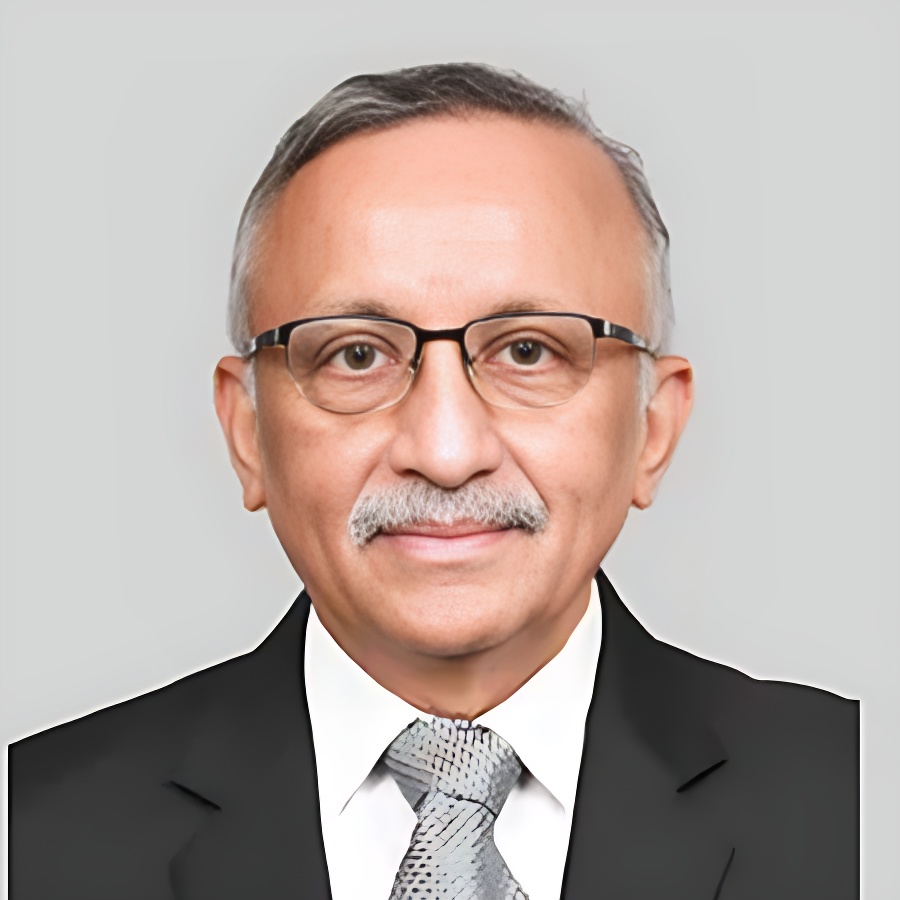Description
Post and core placement is a dental procedure used to restore a severely damaged or decayed tooth, typically one that has undergone root canal therapy. During this procedure, a dental post (a small metal or tooth-colored rod) is anchored within the root canal to provide structural support, and a core (a filling material) is built up around the post to create a stable foundation for a crown. This process ensures the tooth's strength and enables the placement of a prosthetic crown, ultimately restoring both function and aesthetics to the tooth, allowing the patient to regain normal dental function.
Summary Listen
- The speaker discussed the dilemma faced by dentists regarding endodontics and prosthodontics, specifically the post and core procedure. They emphasized the importance of clear objectives and avoiding dilemmas when deciding on the appropriate treatment.
- The lecture highlighted the consideration of whether to extract, save, or place a post and core. It stressed the importance of weighing the pros and cons before placing implants. The speaker also highlighted the advancements in digital dentistry, which facilitate procedures like epicoectomy with guides, resulting in reduced pain, anxiety, and recovery time.
- The focus shifted to the root cause of dental issues, emphasizing the need to eliminate infection through cleaning and shaping of the root canal. The process of obturation and restoration of the tooth from the cervical to incisal region was explained, including the placement of core material after the post.
- The importance of proper treatment planning and diagnosis was discussed, highlighting the need to assess the tooth's restorability and remove all decay. The speaker emphasized the significance of a circumferential ferule effect and the necessity for crown lengthening procedures when adequate tooth structure is lacking.
- The lecture covered the characteristics of endodontically treated teeth, emphasizing the critical treatment planning question of whether a tooth is worth restoring. The role of carries indicators in removing infected dentin and preserving healthy tooth structure was highlighted. The crown-to-root length ratio and potential orthodontic eruption were also discussed.
- The speaker then delved into the types of posts available, emphasizing the benefits of parallel-sided posts for retention and load transfer. Important considerations like the length, height, and width of the post were addressed, including the gold standard of relating post length to crown length. The lecture ended with an explanation of the timing of post placement and the removal of gutta-percha, and an emphasis on how to determine the correct post height.
Sample Certificate
About the Speakers

Dr. V. S. Mohan
Former President of IDA, Endodontist at Dr. Mohan’s Dente Dental Clinic, Mumbai
Financial Disclosure
Comments
Comments
You must be logged in to leave a comment.